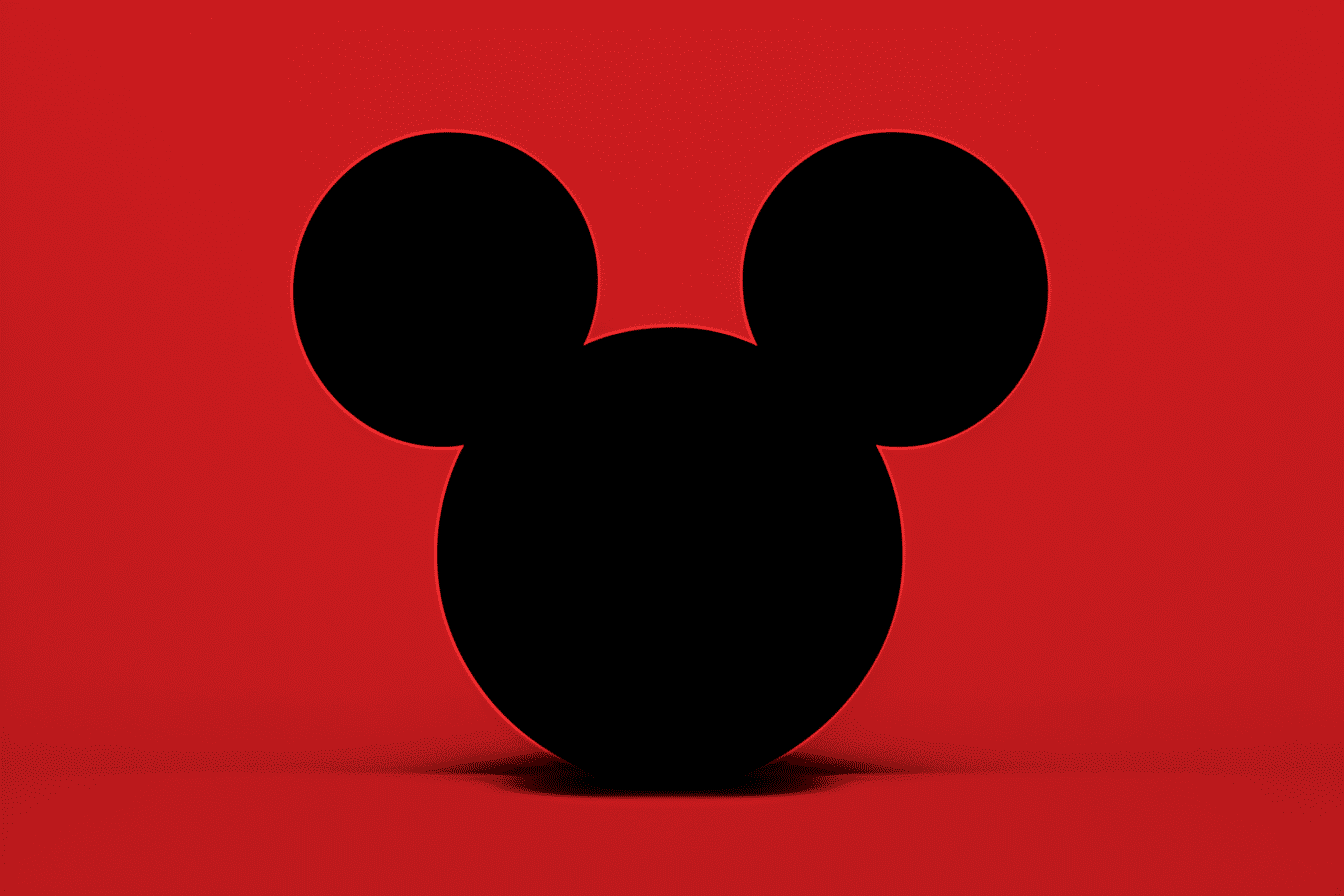As Walt Disney Studios celebrates its centennial, the iconic institution is at a crossroads. Despite a history rich in innovation and transformation, the studio faces a pivotal moment, grappling with the challenges of the digital age. Once a small studio pioneering in animation, Disney now stands as a global entity worth over $150 billion, yet its journey has been far from smooth. This year, as its share price tumbles to a near nine-year low, the question arises: can Disney again reinvent itself in an era dominated by streaming?
Incorporating Quotes and Information
The story of Walt Disney Studios is a testament to adaptation and foresight. A century ago, emerging technologies like sound and colour disrupted the silent film industry. Walt Disney, the man behind the name, saw this as an opportunity. Chris Pallant, a professor of animation and screen studies, remarks, “He wanted his animation to be believable; he wanted it to transcend what we typically think of as animation.” This ethos led to the studio’s establishment in 1923 in Hollywood, far from the then-animation epicentre of New York.
Disney’s commitment to quality and realism was evident in everything the studio did. From formalizing 12 principles of animation to pioneering the multiplane camera, Disney constantly pushed the boundaries of what animation could be. His ambition, as Pallant notes, was a driving force, with each success fueling greater aspirations.
One of Disney’s most significant contributions was integrating sound into animation. With “Steamboat Willie,” Disney revolutionized the industry, blending sound and visuals in a way that had never been done before. The studio’s meticulous approach to syncing character movement with music, a technique famously called “Mickeymousing,” became a hallmark of Disney animations.
Real-world observation was another cornerstone of Disney’s approach. The studio employed methods like rotoscoping to bring realism to its animated characters, studying real animals and actors to ensure authentic movement and expressions.
Despite the technological advances, Disney faced limitations in its workforce diversity. Women, primarily restricted to the Ink and Paint department, were crucial in developing custom pigments for the then-exclusive Technicolor technology. Their contributions were vital in enhancing the vibrancy and realism of Disney animations.
As the 20th century progressed, Disney faced new challenges with the rise of computer-generated animations, exemplified by Pixar’s “Toy Story.” Disney’s response was strategic rather than innovative; in 2006, it acquired Pixar for $7.4 billion. Pallant sees this as a reflection of Disney’s adaptability, a willingness to “move with the times” and reinvent itself.
Today, as Disney navigates the streaming era, its century-long legacy of innovation and adaptation is more relevant than ever. The studio’s ability to embrace new technologies, from sound and colour in the 1920s to computer animation in the 2000s, has been crucial to its enduring success. As it enters its second century, Disney faces the challenge of streaming, a frontier that will test its capacity to innovate and adapt once more. Shareholders and fans alike watch with bated breath, eager to see if Disney can conjure yet another magical transformation in the ever-evolving entertainment world.




